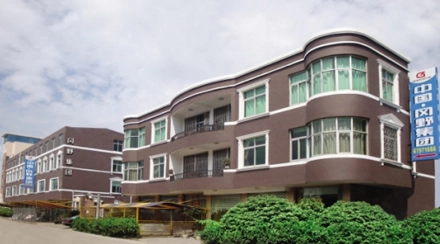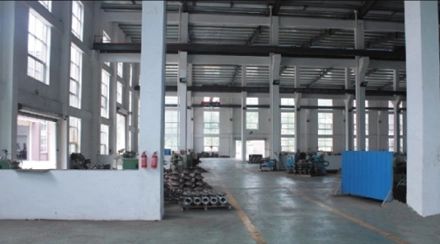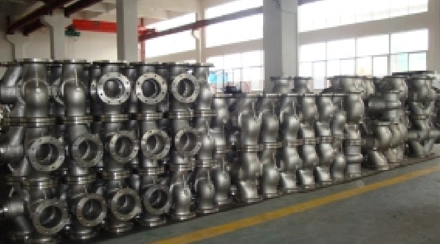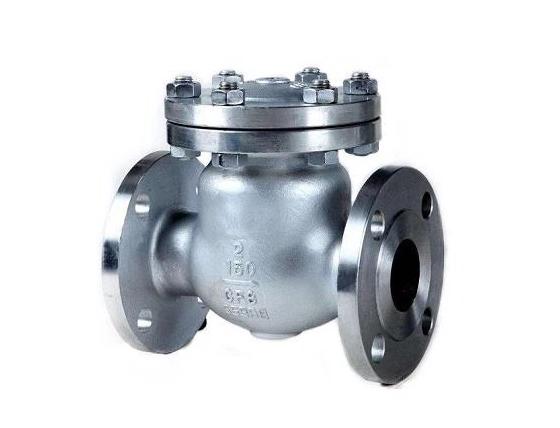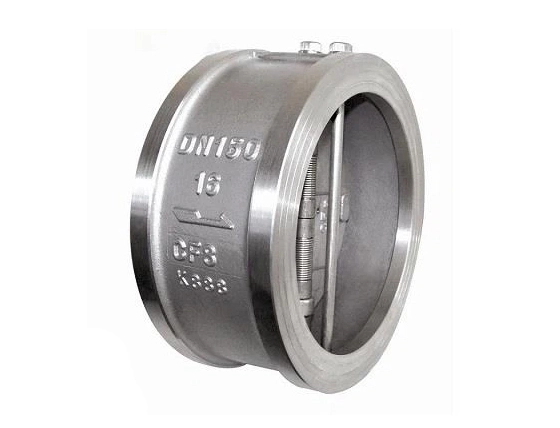en
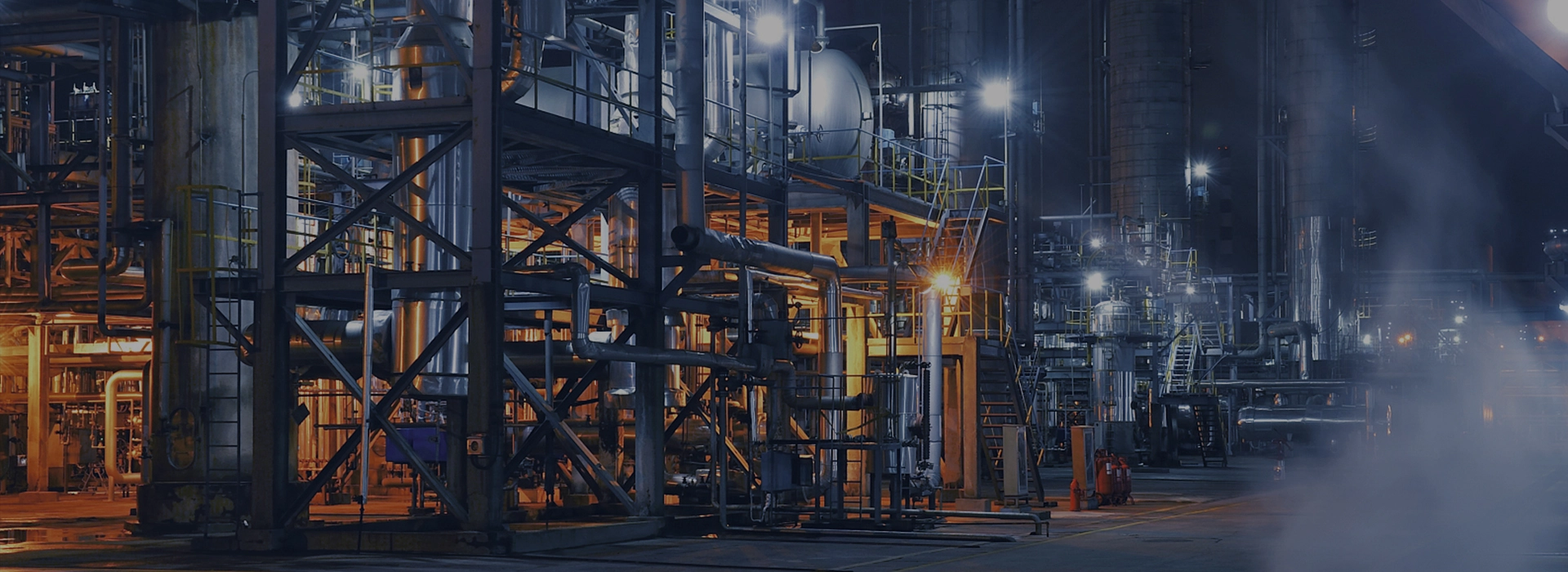
The swing type check valve operates by relying on the internal disc to rotate around the rocker shaft. The disc of the swing check valve is suspended inside the valve; when the medium flows forward, it can pass through the medium flow. The incoming pressure opens the valve disc; the pressure brought by the medium reduces the pressure generated by the reverse flow of the medium to close the valve disc. As one of swing check valves manufacturers, we provide professional valves. Contact us for more information about swing check valve price!
Swing check valves and lift check valves are both types of check valves, which are designed to allow fluid to flow in one direction while preventing backflow in the opposite direction. However, they have distinct designs and mechanisms for achieving this function. Here's a comparison of the two:
Design: A swing flex check valve has a disc that is hinged on a pivot or a hinge pin inside the valve body. The disc swings freely, allowing flow in one direction but blocking flow in the reverse direction when the flow stops or reverses.
Operation: When the fluid flows in the desired direction, the pressure of the fluid lifts the disc, swinging it away from the seat and allowing the fluid to pass through. When the flow stops or reverses, gravity causes the disc to swing back and reseal against the seat, preventing backflow.
Installation Orientation: Swing check valves are typically installed horizontally, with the hinge pin axis perpendicular to the direction of flow.
Suitability: Swing check valves are suitable for applications where low head loss is acceptable, and where the swinging disc won't be obstructed by debris or sediment.
Design: A lift check valve has a disc that moves vertically along the center line of the valve body. The disc is guided by a guide or guide rails.
Operation: When the fluid flows in the desired direction, the pressure of the fluid lifts the disc off the seat, allowing flow. When the flow stops or reverses, gravity causes the disc to settle back onto the seat, preventing backflow.
Installation Orientation: Lift check valves can be installed in any orientation, although vertical installation is common. The vertical orientation ensures that the disc has a consistent and predictable lift.
Suitability: Lift check valves are suitable for applications where a tight seal and minimal pressure drop are required. They are also often used in systems with vertical flow where the weight of the disc aids in closure.
Mechanism: Swing check valves use a swinging disc on a hinge, while lift check valves use a vertically moving disc guided by rails.
Orientation: Swing check valves are generally installed horizontally, while lift check valves can be installed in any orientation.
Pressure Drop: Swing check valves tend to have slightly higher pressure drops compared to lift check valves.
Application: The choice between the two depends on factors such as the type of fluid, system orientation, pressure, space limitations, and the potential for debris or sediment buildup.
Both swing check valves and lift check valves have their advantages and disadvantages, and the selection should be based on the specific requirements of the application to ensure proper functioning and efficiency.
